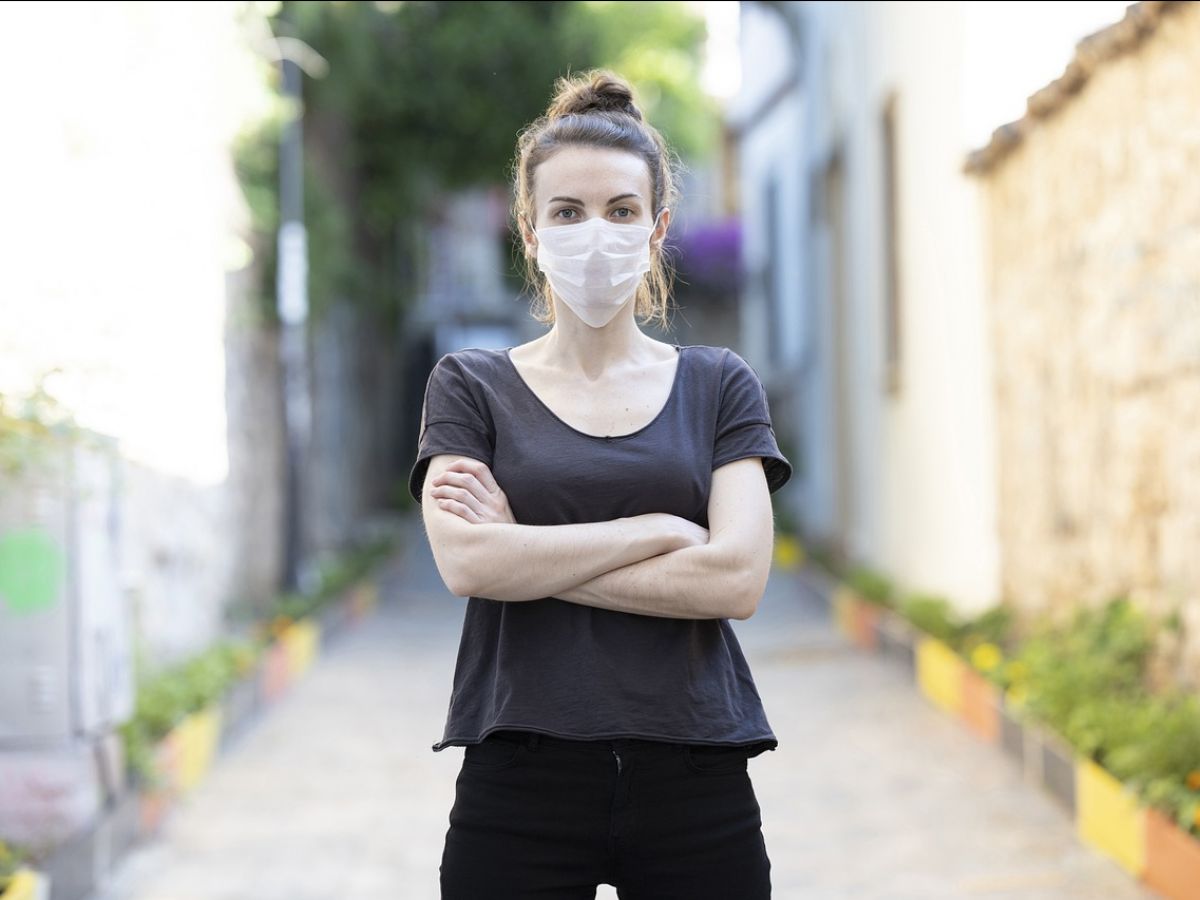Some bacteria seem to go well with viruses. To the point of making them more resistant and more contagious. This is the case of the flu, which, coupled with the bacteria carried by some, becomes more transmissible, according to a recent study published in the Journal of Virology.
“ Just as every person has a Microbiota unique in the gut, we also each have our own unique microbiota in the oral and respiratory tracts. These are very distinct and important communities of microbes. Research has now largely shown how the gut microbiota influences many aspects of human health. Now, work is beginning to show how the microbiota of the oral and respiratory tracts can also impact overall health." , explain Shannon Christa David, researcher at the Ecole Polytechnique Federale de Lausanne (EPFL) and first author of the article. And especially on viral infections, such as the flu.
Read alsoThe first flu-Covid vaccine soon on the market?
Virus more tenacious on surfaces
In our respiratory tracts, the flu virus coexists with bacteria already present in normal times. When it is excreted during coughing or sneezing, it comes out even stronger according to this work.
In a first experiment, droplets containing only the flu virus were compared to others also containing respiratory tract bacteria. By comparing their viral load, i.e. the amount of virus they contained, the team found that the virus could persist for several hours when in contact with bacteria.
In contrast, the virus alone disappeared almost completely after 30 minutes. In a second step, the same experiment was reproduced on aerosol particles similar to those exchanged between two people talking to each other. This time again, the isolated virus was no longer infectious after 15 minutes. But in the presence of bacteria, it persisted for an hour.
Two bacteria in particular most favored viral spread: Staphylococcus aureus And Streptococcus pneumoniae. Why? This is what Shannon Christa David would like to discover in new works. So far, we know that whole bacteria stabilize, while those that have been lysed (that is to say which exploded, editor's note) are not. Whole bacteria accelerate the rate of evaporation of droplets and this protects the virus. The latter is thus less time in contact with highly concentrated salts which are harmful to it. » Observed under a microscope, these droplets have a flatter shape, which allows for better evaporation. Because it is in dry environments that viruses live the longest.
A microscope view of the bacteria Streptococcus pneumoniae present in the human respiratory tract. Credits. 2024 EPFL/LEV CC-BYSA 4.0
Read alsoThis is how the body alerts the brain during a viral infection
Who carries these bacteria?
In everyone, the skin and mucous membranes are colonized by bacteria, some good and some bad. About 30% of the population is a carrier of Staphylococcus aureus permanently, while 60% can be transient carrierss. 20 to 30% individuals, carry, themselves, Streptococcus pneumoniae permanently.
“ These two bacteria are part of the "normal" flora in a healthy nose and airways. They increase the rate of epithelial cell turnover (the surface of the skin in these areas, editor's note) and produce mucus during the immune response. Conversely, when this tissue is damaged, it can lead to respiratory tract infections such as bronchitis or pneumonia", explains Shannon Christa David.
“ As far as we know, this is the first time that a bacterium has been discovered that can stabilize the influenza virus in saliva drops and aerosols in the environment. It was already known that the same respiratory bacterium can interact with other respiratory viruses when they come into contact inside the host, such as rhinovirus and respiratory syncytial virus., explains the researcher. But this means that the simulation models probably underestimate the risk of infection.“
With this new data, she hopes to better understand why the virus travels efficiently from person to person. These findings could eventually be incorporated into public health studies by identifying individuals likely to produce a higher viral load.


